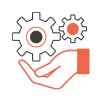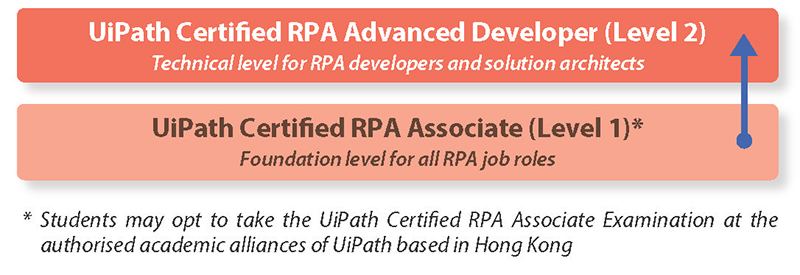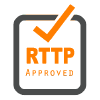Course Duration and Structure
Duration and Mode of Study
42 hours in total.
Two evening sessions (7:00pm to 10:00pm) per week and 14 sessions in total. The evening sessions will be scheduled on Wednesdays and Fridays during the period of 5 July 2023 to 18 August 2023. The exact timetable shall be issued to the applicants upon their successful enrolment.
The final class schedule is subject to change.
Application Deadline: 23 June 2023 (Friday)
Venue: The class will be conducted at our SCOPE TST East Learning Centre.
Address: ChinaChem Golden Plaza, 77 Mody Road, Tsim Sha Tsui East, Kowloon
| 1. Basic Programming Practice: |
6 hours |
- Variables, values, data types (integer, floating point, string, Boolean)
- Function calls, function creation
- Conditionals (if statements)
- Iteration (loops)
|
| 2. More Sophisticated Programming Practice: |
4 hours |
- Error handling
- Data structures (e.g. arrays, associate arrays) and their use to solve problems
- Professional Tools: version control, testing and documentation for code
|
| 3. Web Development |
6 hours |
- Understand basic networking concepts including server, client and web protocols
- Design, install, configure and secure a web server ready for non-static content
|
| 4. Advanced Web Development |
5 hours |
- Understand and deploy technologies such as HTML/CSS
- Python server-side scripting
|
| 5. Database Fundamentals |
10 hours |
- Understand the sources of data in society, how to collect such data, the problems that might occur in collecting and storing such data
- Model databases using techniques such as normalisation, entity relationship diagrams
- Create and populate database
- Data Manipulation using Structured Query Language (SQL)
|
| 6. Data Analysis and Visualization |
5 hours |
- The objectives of data analysis and the basic statistics
- Analyse data using Python Pandas library and the commonly used routines
- Data interpretation and use, with various visualisation techniques
|
| 7. System Analysis |
6 hours |
- System Development Lifecycle
- Methodologies used in System Analysis
|
| Total Contact Hours |
42 hours |
4










